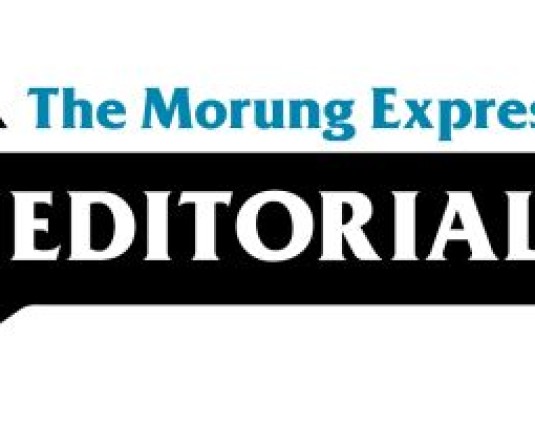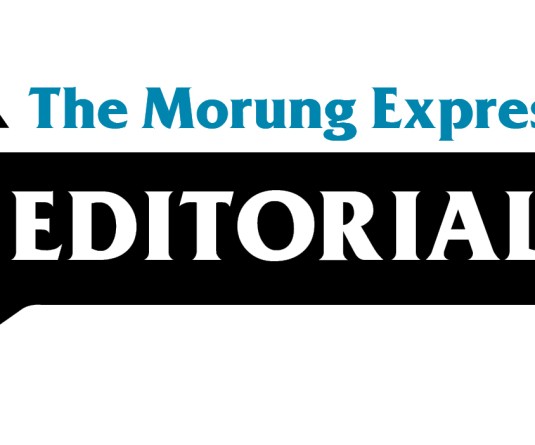
Moa Jamir
In a situation where all are given equal opportunities and a fair chance of success, females in Nagaland have proven that they can perform better than their male counterparts, as seen in their educational achievements. This is not a conjecture, as several state and national level reports affirm this conclusion, such as the 2020-2021 All India Survey on Higher Education (AISHE) released by the Union Ministry of Education.
According to the latest data, female students outperformed male students at every educational level, from certificate courses to PhDs. In 2020-21, out of 46,954 students in various higher educational institutions in Nagaland, 24,204 were females and 21,750 were males. Notably, at the postgraduate level, females outnumbered males by almost double (4,252:2,843), while at the undergraduate level, there were 1,000 more female students (19,228) than male students (17,600). This trend also holds true for PG Diplomas, Diplomas, and Certificate courses.
Analysis of previous AISHE reports shows that this shift occurred from 2014-15, when female enrollment overtook male enrollment in higher educational institutions. In 2012-13, there were 21,308 male students compared to just 15,817 female students. Since then, male enrollment was higher only one year in 2018-19. The annual survey since 2011 by the MoE collects detailed information on different parameters such as student enrollment, teacher’s data, infrastructural information, financial information etc and covers all higher educational institutions imparting higher education (HEIs) India.
Elsewhere, in the annual Class X and XII exams conducted by the Nagaland Board of School Education, girls continue to outperform boys in most categories, solidifying their dominance in recent years. For example, in the 2022 Class X results, 10,021 girls passed the exam compared to 8,700 boys, and in the top 20 merit list, 44 out of 62 candidates were girls. In Class XII exams, the pass percentage for girls was 85.66% for Arts, 88.03% for Commerce, and 93.07% for Science, compared to 70.80%, 78.71%, and 82.92% for boys, and girls dominated the toppers list in all streams except Commerce. Both genders are also competing equally in the civil services and other exams conducted by the Nagaland Public Service Commission.
Despite their success in areas where there is a level playing field, various barriers continue to prevent women from formal decision making and political representation. The Nagaland Legislative Assembly has yet to elect any female representatives, and only one out of two Members of Parliament was elected directly. At the grassroots level, women representation in village councils is rare.
While the positive educational attainment of women may be a result of the oft-cited ‘egalitarian Naga society,’ it is also the desire to preserve the static culture that is preventing women from active political participation. The persistent opposition to women reservation in urban local bodies is a case in point. However, a progressive state’s policy is imperative to enable a level playing field for women to participate positively in the progress of the society.
For any feedback, drop a line or two to jamir.moa@gmail.com





